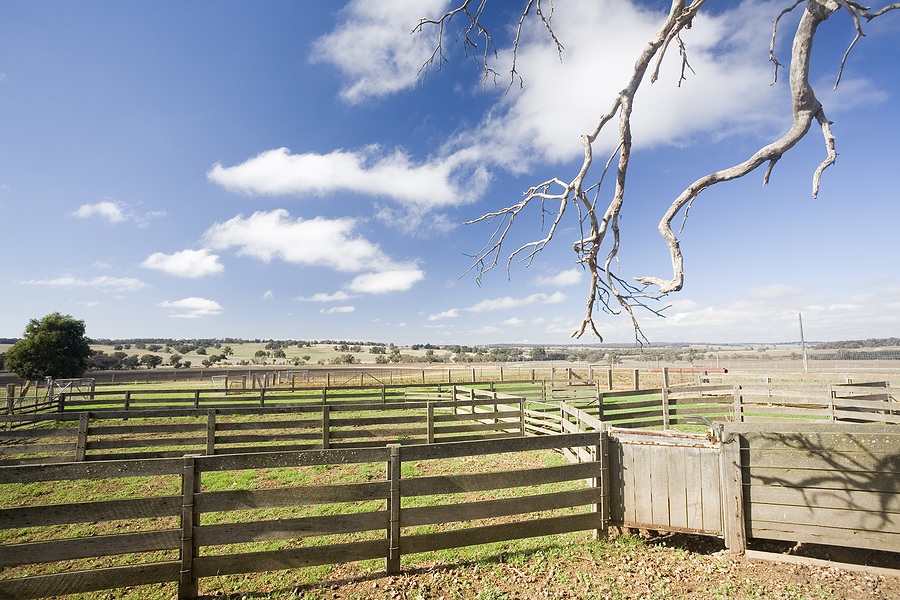The importance of well-designed and efficient sheep yard locations cannot be overstated in agriculture, particularly in the sheep farming sector.
These structures play a pivotal role in the effective management of sheep, influencing everything from the health and safety of the animals to the productivity and ease of farming operations.
This comprehensive guide delves into the various aspects of sheep yard areas, from planning and design to construction and maintenance, ensuring that novice and experienced farmers find valuable insights.
Understanding the Purpose of Sheep Yards
The primary function of sheep yards is to provide a controlled environment for managing and handling sheep. This includes routine activities like shearing, sorting, drenching, and other veterinary care procedures. Well-structured yards facilitate these processes, reducing stress for both the sheep and the handlers and increasing the efficiency of farm operations.
Designing for Efficiency and Safety
The design of a sheep yard is critical to its functionality. Key considerations include the size of the flock, the topography of the land, and the specific management practices employed. Effective designs deliver smooth sheep movement, minimise corners where animals can get trapped or pile up, and provide adequate space for handlers to work safely. Incorporating features like drafting gates, holding pens, and loading ramps can further enhance the functionality of modern and efficient sheep yards.
Choosing the Right Materials
Durability and safety are paramount when selecting materials for sheep yards. Materials like steel and timber are typically preferred for their longevity and robustness. The choice of material often depends on factors such as climate, budget, and personal preference. Opting for high-quality materials may involve a higher upfront cost but can lead to long-term savings due to reduced maintenance and repair needs.
The Role of Technology in Sheep Yard Management
Advancements in agricultural technology have significantly impacted sheep yard management. Automated systems for drafting and weighing, along with RFID tagging for individual animal identification, have streamlined various processes, making them more efficient and less labour-intensive.
Maintenance and Upkeep
Regular maintenance is crucial to guarantee the longevity and safety of sheep yards. This includes periodic checks for any damage or wear, ensuring gates and hinges function smoothly, and addressing any potential hazards that could harm the sheep or handlers.
Training and Handling Practices
Proper training in handling techniques and familiarity with the layout and operation of the sheep yard is essential for all farm workers. This not only improves the efficiency of farm operations but also safeguards the welfare of the animals.
Environmental Considerations
Incorporating environmental considerations into the design and operation of sheep yards can have significant benefits. This includes proper drainage to prevent waterlogging, providing adequate shade and shelter for the animals, and considering the environmental impact of materials and construction methods.
Budgeting and Cost Management
Building or upgrading sheep yards involves a considerable investment. Proper budgeting and cost management are essential to ensure that the project is financially viable. Seeking multiple quotes, considering various material options, and planning for long-term sustainability can help in managing costs effectively.
Legal and Regulatory Compliance
Adhering to local laws and regulations is crucial when building sheep yards. This may include obtaining necessary permits, checking compliance with animal welfare standards, and adhering to environmental regulations.
Final Thoughts: A Worthwhile Investment for Sheep Farming Success
In conclusion, well-designed and maintained sheep yards are a worthwhile investment for any sheep farming operation. They enhance the efficiency and safety of farm operations and contribute positively to animal welfare.
Individuals interested in learning more about sustainable farming practices and exploring sustainable agriculture methods can provide valuable insights. The analysis is not only beneficial for sheep farmers but for anyone interested in the broader aspects of sustainable farming and animal husbandry.
